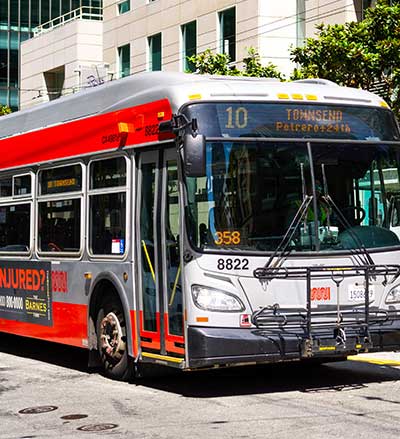ASCE gave our public transit system a D- in 2021, the same grade that it got in 2017.
Here, the difference between the White House and Senate Republicans is especially large. The Biden Administration’s plan included $8.5 billion annually in new funding for public transit, a 64% increase in federal funding. The Senate Republicans’ plan would actually reduce current funding by $1 billion, an 8% decrease in current federal funding. The CSC proposal that President Biden now backs would spend $9.7 billion, a 73% increase in federal funding. The Problem Solvers’ proposal to spend $6.2 is a 47% increase.


